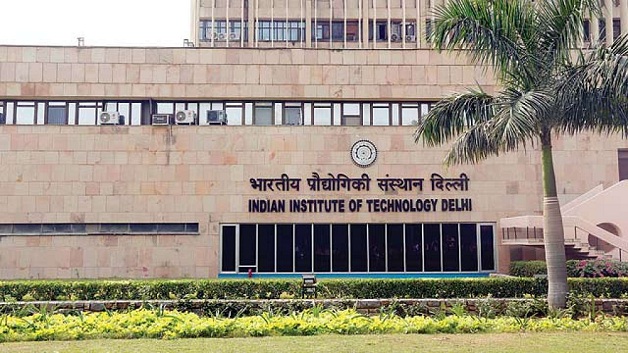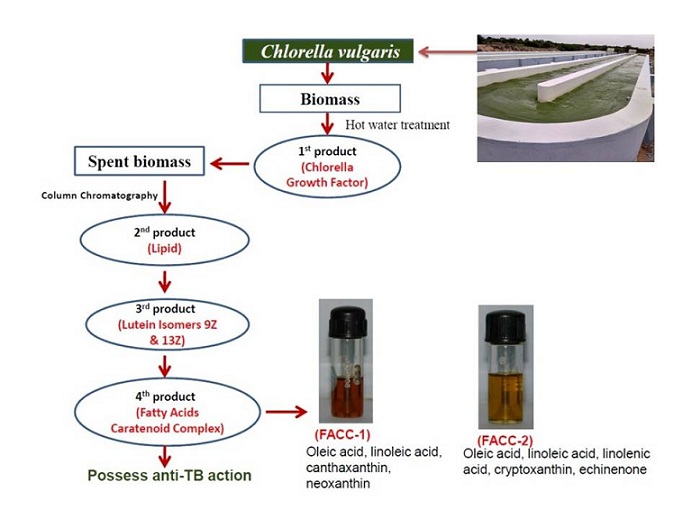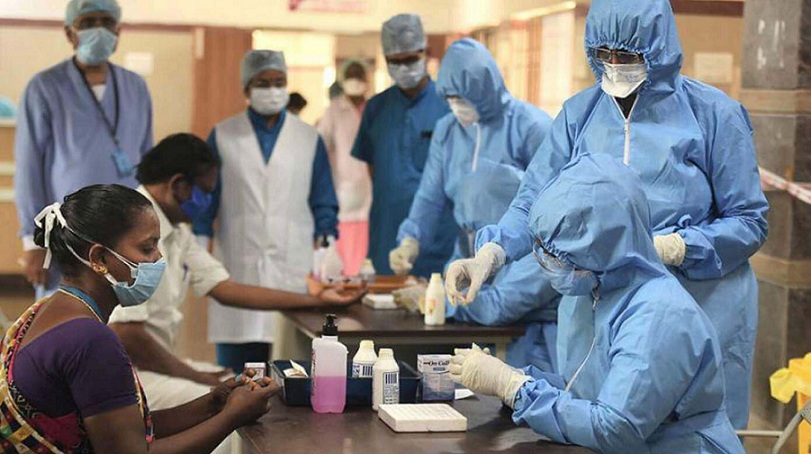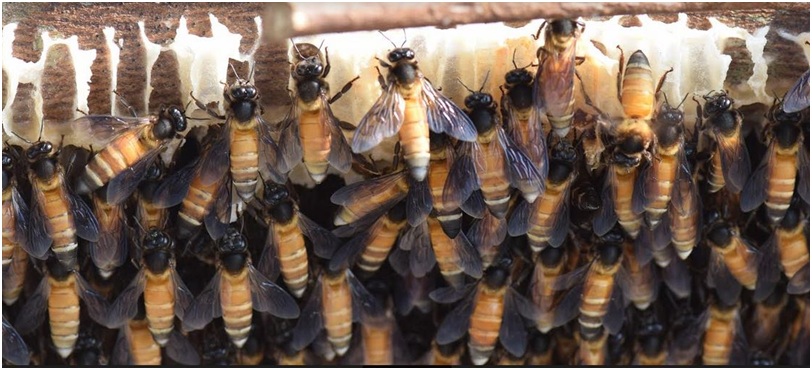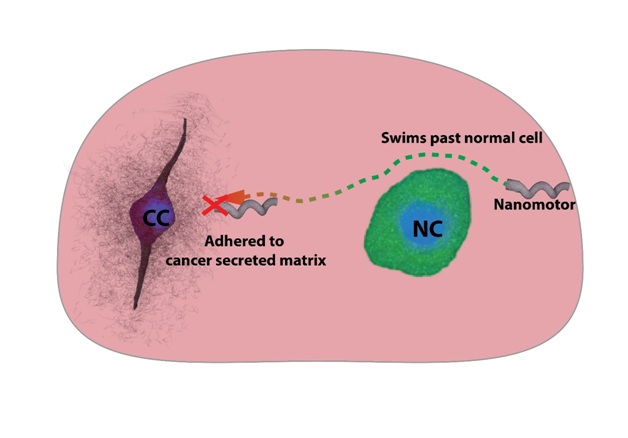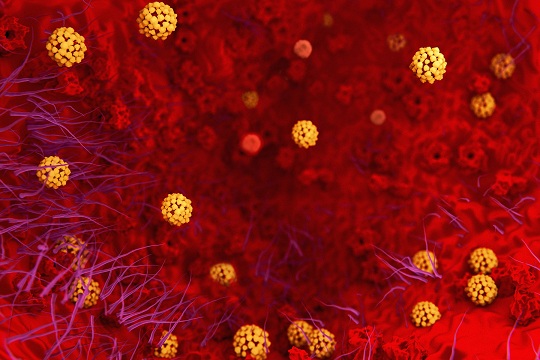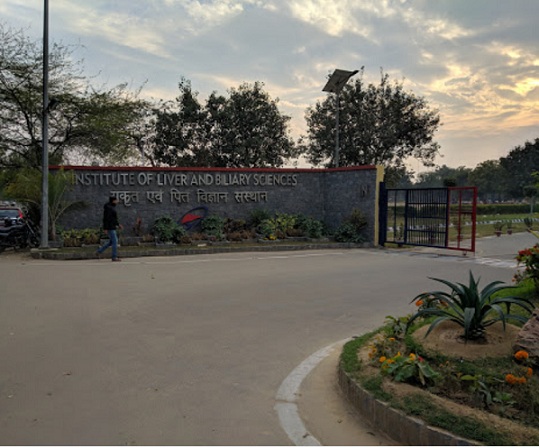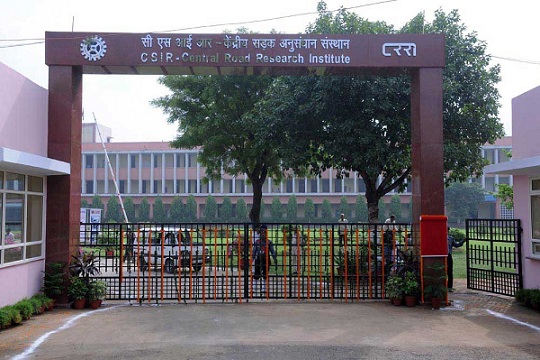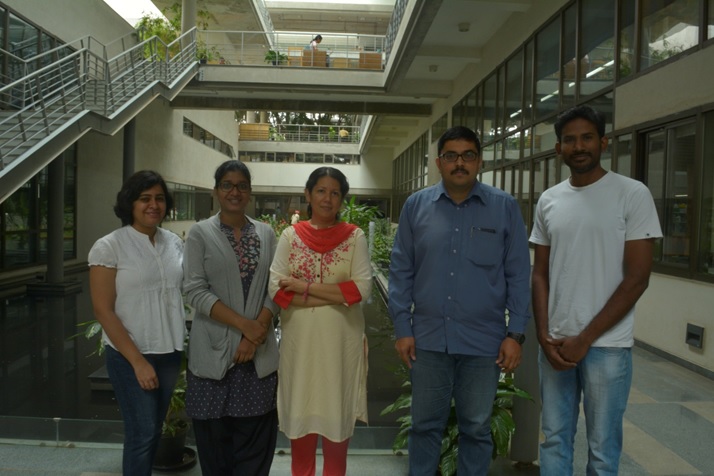
Prof. P.V. Shivaprasad and his team at NCBS, Bengaluru
In a major development in the search for methods to improve the productivity of rice, a team of scientists at the Tata Institute of Fundamental Research’s Bengaluru-based National Centre for Biological Sciences has identified a protein that has a critical role in the holding of the grains in the panicles of rice crops.
Small RNAs are regulators of gene expression. They decide which protein should be made and how much of it should be made in a given cell/tissue/organism. They are present across all organisms. Plants. Animals. Fungi. Bacteria. Name it. These small RNAs are tiny, but they perform critical roles in different aspects of life. There are hundreds and thousands of them in any given species.
Small RNAs are also key regulators in initiating and maintaining heritable changes in gene expression without changes in the DNA sequence (called ‘epigenetics’). Numerous pioneering studies have shown that small RNAs and epigenetic modifications are central to plant development and defence.
Small RNAs are also key regulators in initiating and maintaining heritable changes in gene expression without changes in the DNA sequence (called ‘epigenetics’).
Small RNAs are made in cells by a set of proteins called Dicers (proteins that dice longer RNAs into shorter bits). Once they are made, they associate with another protein called Argonautes (abbreviated AGO). For acting as gene regulators, this association between small RNAs and Argonautes is a must. There are a minimum of10 different Argonautes in plants performing different activities. There are at least 19 of them in the group of plants called monocots, which include cereal crops.
In a new study, a team of scientists led by Prof. P.V. Shivaprasad has shown that a previously unknown AGO named AGO17 is essential for the growth of panicles that hold rice grains. When the researchers expressed it at higher levels in plants, they got plants with longer panicles and more yield. On the other hand, plants had poor growth if they removed this gene by knockdown strategies.
Speaking to India Science Wire, Dr. Shivaprasad said, “It is clear that AGO 17 is a new player that can be used to increase yield. Last year, we showed what exactly was changed during the domestication of rice from wild grasses to high yielding cultivated lines. In that work, we showed how the loss of small RNA led to a change in the rigidity of rice stems as in current rice lines that are sturdier and can hold more grains. AGO17 is also related to domestication. Its expression has been altered during the domestication of rice. Since our results show that this gene can be used to improve yield, natural lines having a higher expression of this gene can be used by breeders to produce new crops with a higher yield. As we have demonstrated in this new study, genetic engineering can also provide rice plants with enhanced yield. In the era of genome editing, we can increase the yield by altering the expression of this gene”.
Dr. Kannan Pachamuthu, who is the first author of the paper, is equally enthusiastic that this finding has a direct application. ‘Panicles have a very dynamic gene expression pattern during its development. We are happy that we found one major regulator in panicle development’, he says.
The study team consisted of Chenna Swetha, Debjani Basu, Soumitra Das, Indira Singh, Vivek Hari Sundar and T.N.Sujith, besides Dr. Shivaprasad and Dr. Pachamuthu. They have published a report on their findings in springer’s journal, Plant Molecular Biology.
India Science Wire
VS/DBT/SP/07/10/2020
